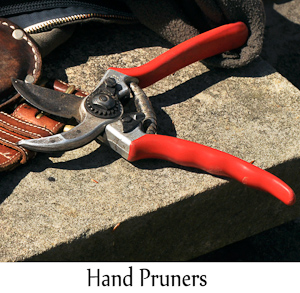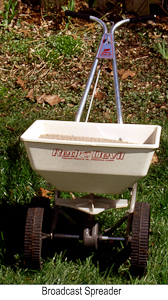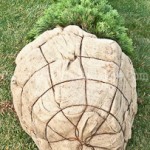 The past few days, I get the feeling that this long, dark winter is beginning to fade. Oh, it will go kicking and screaming with a few more snow storms but, the end is definitely in sight. With the melting of the snow, it is now time to get back outdoors and go to work. Maybe winter isn’t so bad after all.
The past few days, I get the feeling that this long, dark winter is beginning to fade. Oh, it will go kicking and screaming with a few more snow storms but, the end is definitely in sight. With the melting of the snow, it is now time to get back outdoors and go to work. Maybe winter isn’t so bad after all.
Spring is a great time to prune trees in the orchard or in the landscape. Most of us think of pruning as the removal of branches and twigs. That is true but pruning also stimulates new growth and how we do it will determine the direction of that growth.
We prune landscape trees to improve their shape, remove potentially dangerous growth and to try to limit size. Fruit trees are pruned to improve the yield of fruit. Each type of pruning has its own goals and techniques.





